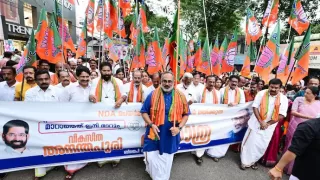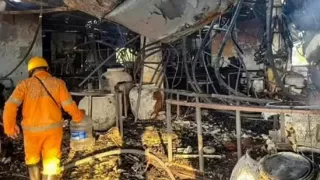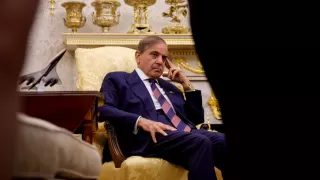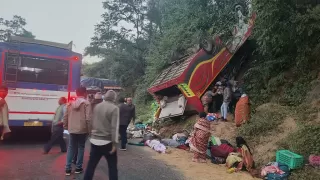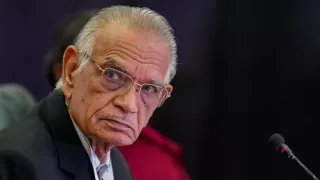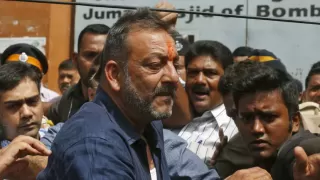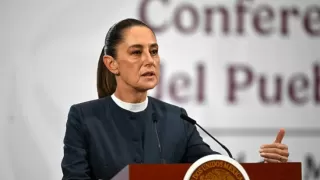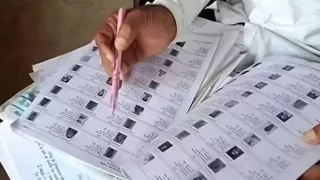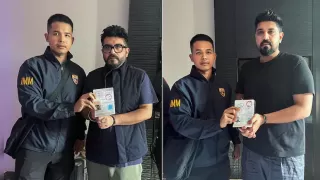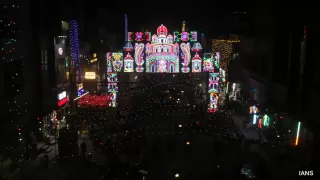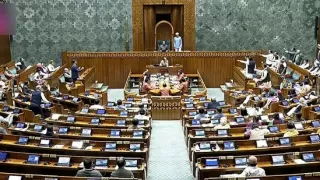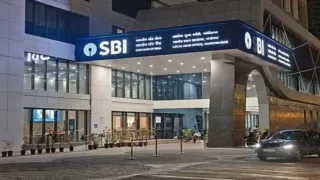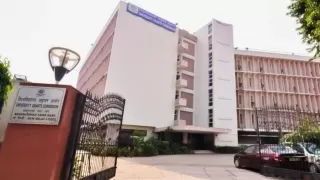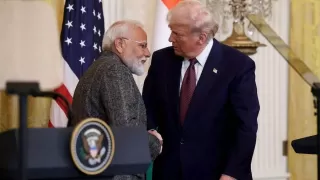October 31 this year marked more than a ceremonial date — it revisited an enduring question of India’s post-Independence trajectory. On this Rashtriya Ekta Diwas (National Unity Day), the 150th birth anniversary of Sardar Vallabhbhai Patel was commemorated by the government with full pomp and a pointed political message. At the heart of the address by Narendra Modi in Gujarat was a claim that the nation’s first Deputy Prime Minister had aspired to integrate the entire region of Kashmir into the Indian Union — a mission, the Prime Minister said, that was blocked by Jawaharlal Nehru.
The ceremony at the towering Statue of Unity in Ekta Nagar carried all the symbolism of unity and national integration. People from across India, including women-commanded security contingents and cultural troupes, took part in the parade that accompanied the address. But the remarks by PM Modi cast a longer shadow: the invocation of past decisions, unfulfilled aspirations and historical grievances was more than nostalgic — it formed a platform for a contemporary narrative on unity, security and national identity.
Patel’s Vision of a United India
Sardar Patel’s legacy as the man who welded more than 550 princely states into the Indian Union is firmly entrenched in the nation’s freedom story. The manifesto of his political life celebrated integration, central authority and the notion of “One India”. According to the Prime Minister’s speech, Patel believed that one should not merely record history but be actively engaged in creating it./p>
At the Ekta Nagar event, PM Modi recalled how Patel’s greatest joy, as he once remarked, came from serving the nation and completing its unification. The imagery of the statue — standing tall in the Narmada district — reinforced that theme of consolidation, central-strength, and national solidarity. It also served as a backdrop for the broader message of ‘unity in diversity’ that the day is meant to evoke.
The Kashmir Claim: “Patel Wanted It, Nehru Stopped It”
In an address laced with political import, PM Modi stated that "Sardar Patel wanted to unite the **entire** Kashmir with India — just as he did with other princely states — but Nehru ji prevented this wish from being fulfilled".He asserted that Kashmir was given a separate Constitution and a separate flag, and claimed that “the nation suffered for decades because of Congress’ mistake”.
This claim rests at the intersection of memory, politics and national narrative. The present government’s framing casts past decisions as diverging from what Patel would presumably have pursued: complete integration without special status. The rhetorical thrust is both retrospective — pointing to historical “errors” — and prospective, signalling a continuation of a politics that seeks to reclaim and reaffirm national unity on its own terms.
Significance of Rashtriya Ekta Diwas and the 2025 Edition
The observance of National Unity Day on October 31 was instituted in 2014 to commemorate the birth anniversary of Sardar Patel. Each year, government offices and institutions take the unity pledge, and large-scale public events reinforce the theme of social cohesion and integrity of the nation.
The 2025 edition had added resonance: beyond the visuals of uniformed contingents and cultural displays, the speech spotlighted the themes of historical accounting and future direction. The Government used the day not only to honour an individual but to frame a narrative on what “unity” means in today’s India — who built it, who challenged it, and who will carry it forward.
Political Underpinnings and Broader Implications
The PM’s address did more than tribute — it served as a subtle yet clear salvo in the terrain of history-politics. By attributing a blocked mission to Nehru, the narrative shifts emphasis from external challenges (such as foreign aggression) to internal decisions and their long-term consequences. The framing suggests that the path to integration and unity was not automatic but required decisive will — and that, in the government’s view, was sorely lacking in earlier years.
This line of argument ties into broader themes of security, territorial integrity and governance. The model of unity being advanced emphasises a strong centre, rapid decision-making and minimal special arrangements. The message is implicitly that divergence — legal, administrative or symbolic — stands at odds with full integration and national strength. Observers will note that the speech also coincides with contemporary concerns of internal security, federal unity and identity politics.
Looking Ahead: Unity, Memory & Accountability
The invocation of Sardar Patel’s vision in this context invites reflection on how nations remember their founders, how historical decisions are interpreted, and how political legitimacy is constructed. The government’s narrative invites citizens to appraise not only what has been achieved but what remains unresolved — and who should be held responsible. In this respect, Rashtriya Ekta Diwas in 2025 becomes less a commemoration than a call to action: to recognise past decisions, understand their impact, and align future policies accordingly.
For the youth, civil society and the policy community, the address signals that national unity is being defined in both symbolic and structural terms. It asks: what more must be done to achieve the integration that Patel envisioned? What structural arrangements still stand in contrast to that vision? And how will the history of post-Independence decisions be taught, reassessed and acted upon? The day’s message may well extend beyond a single ceremony — into educational curricula, institutional architecture, and ongoing political debate.
Also Read: NDA’s Bihar Manifesto: 1 Crore Jobs, 1 Crore Lakhpati Didis




